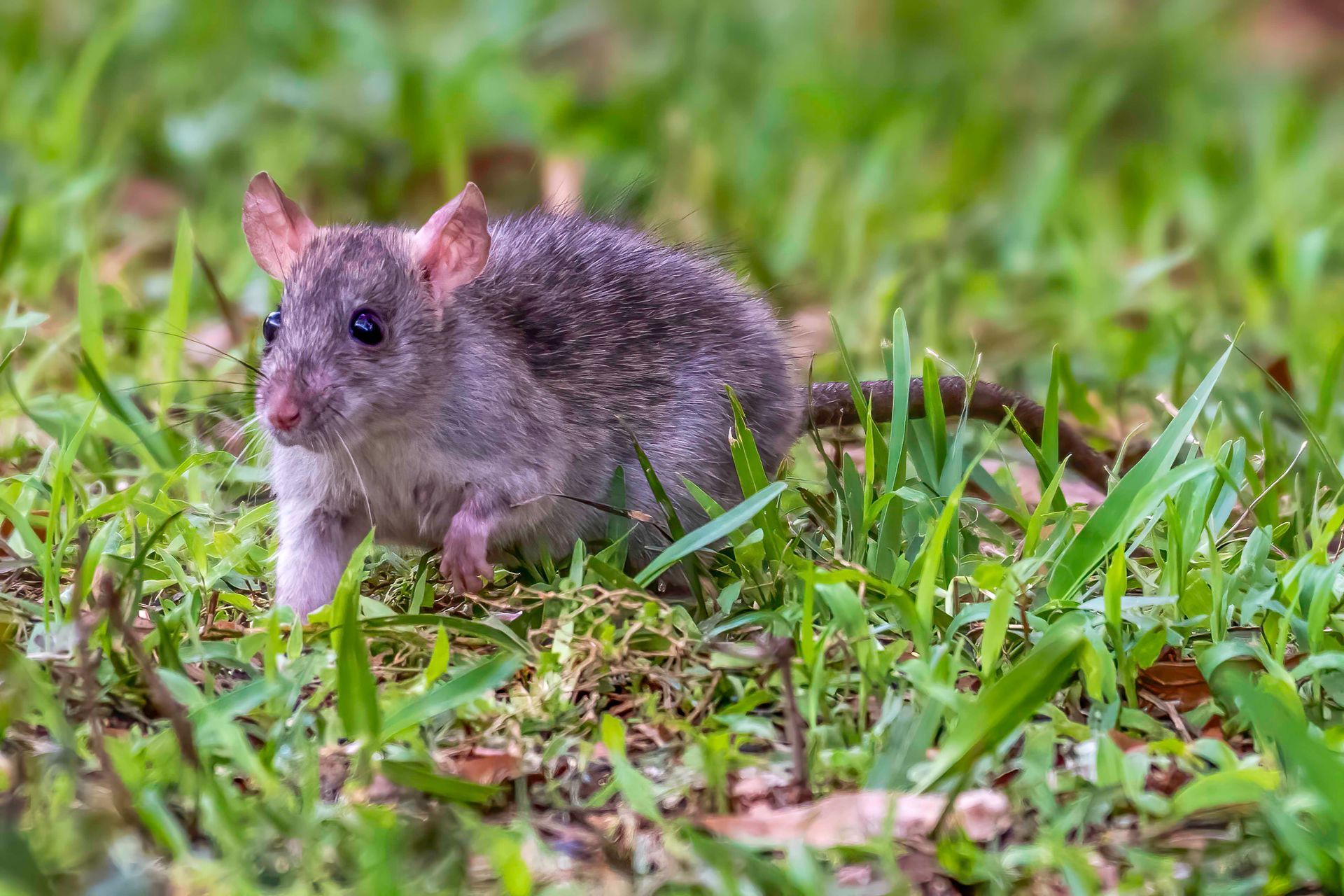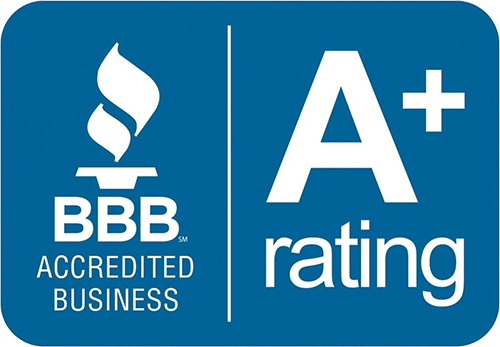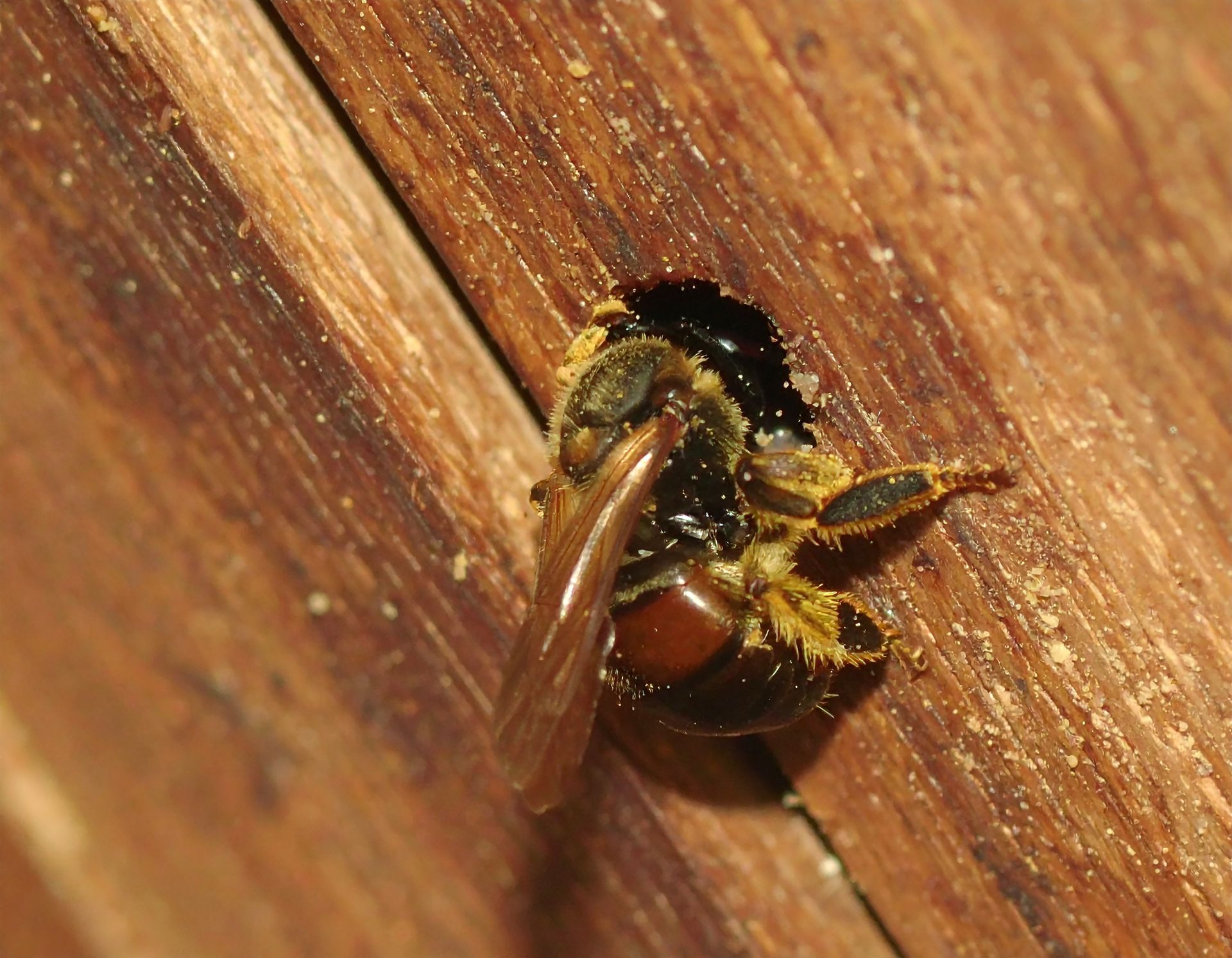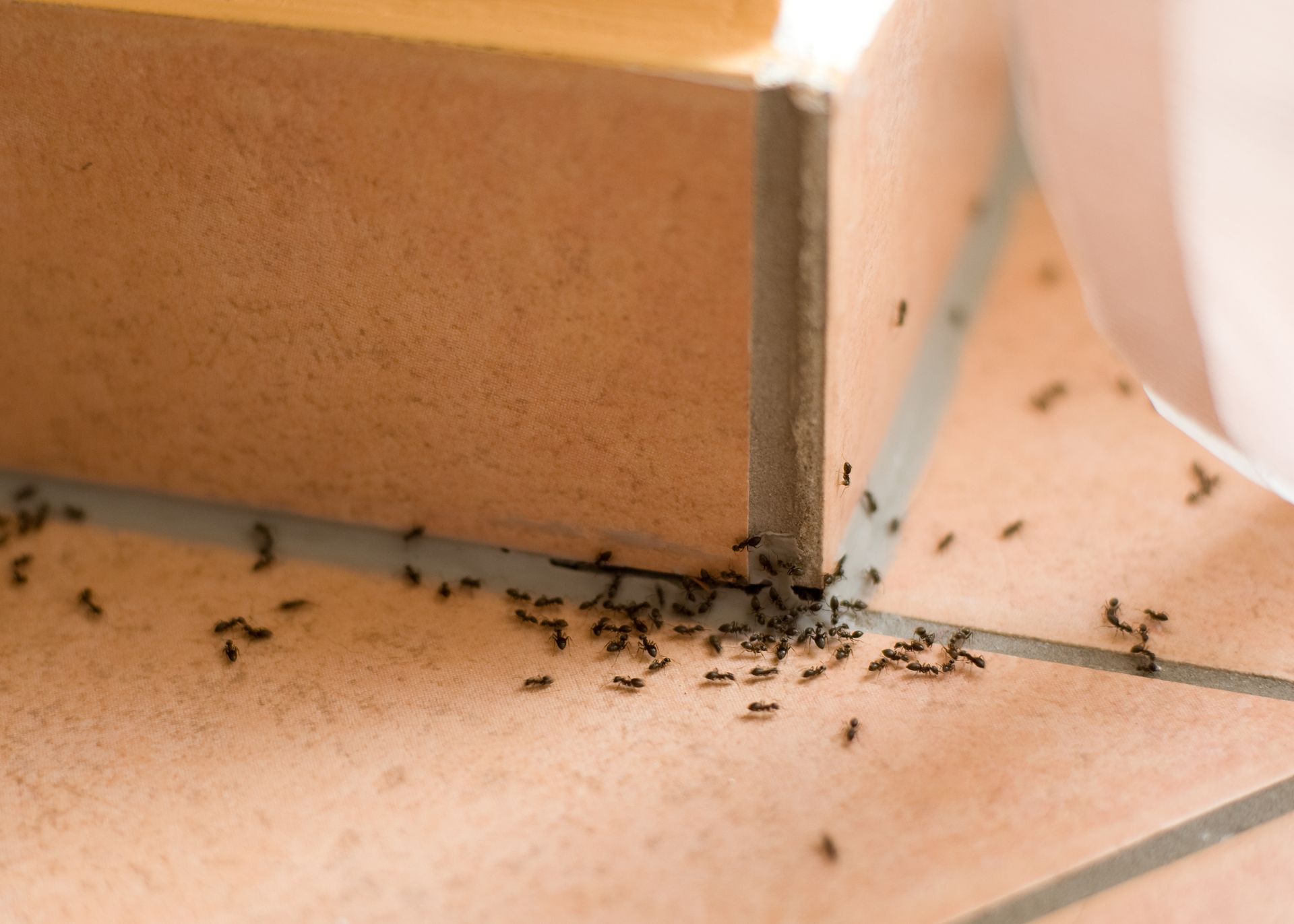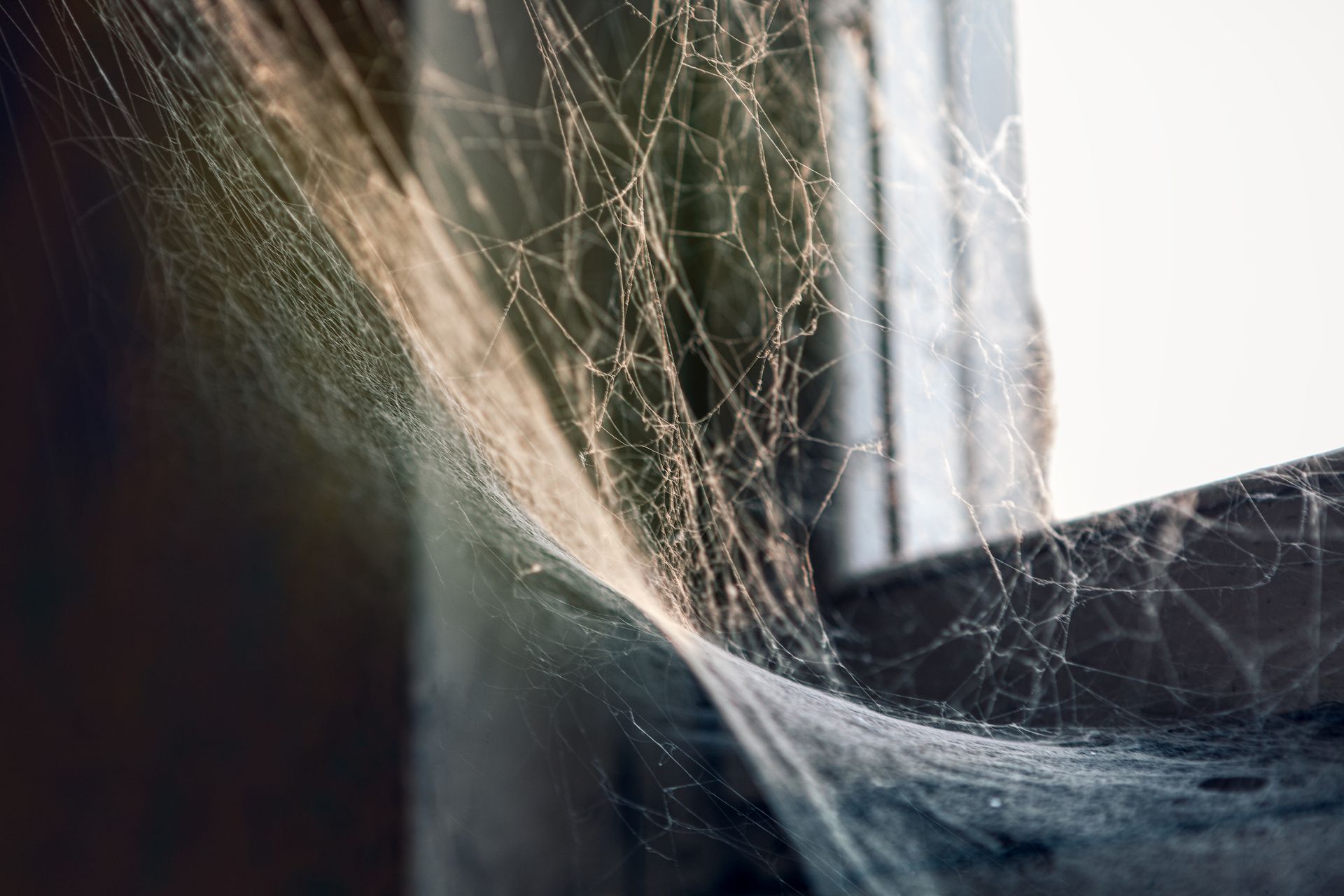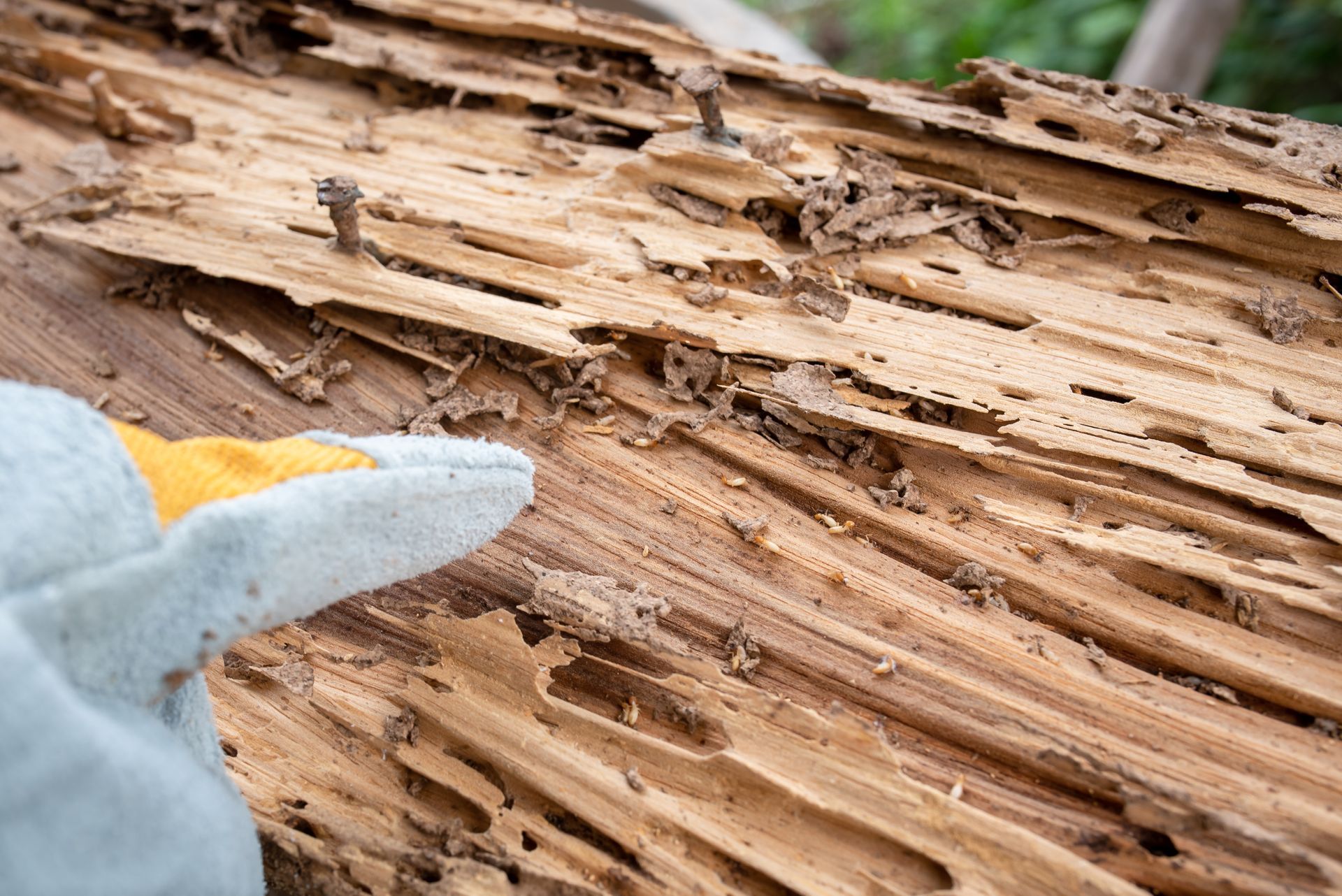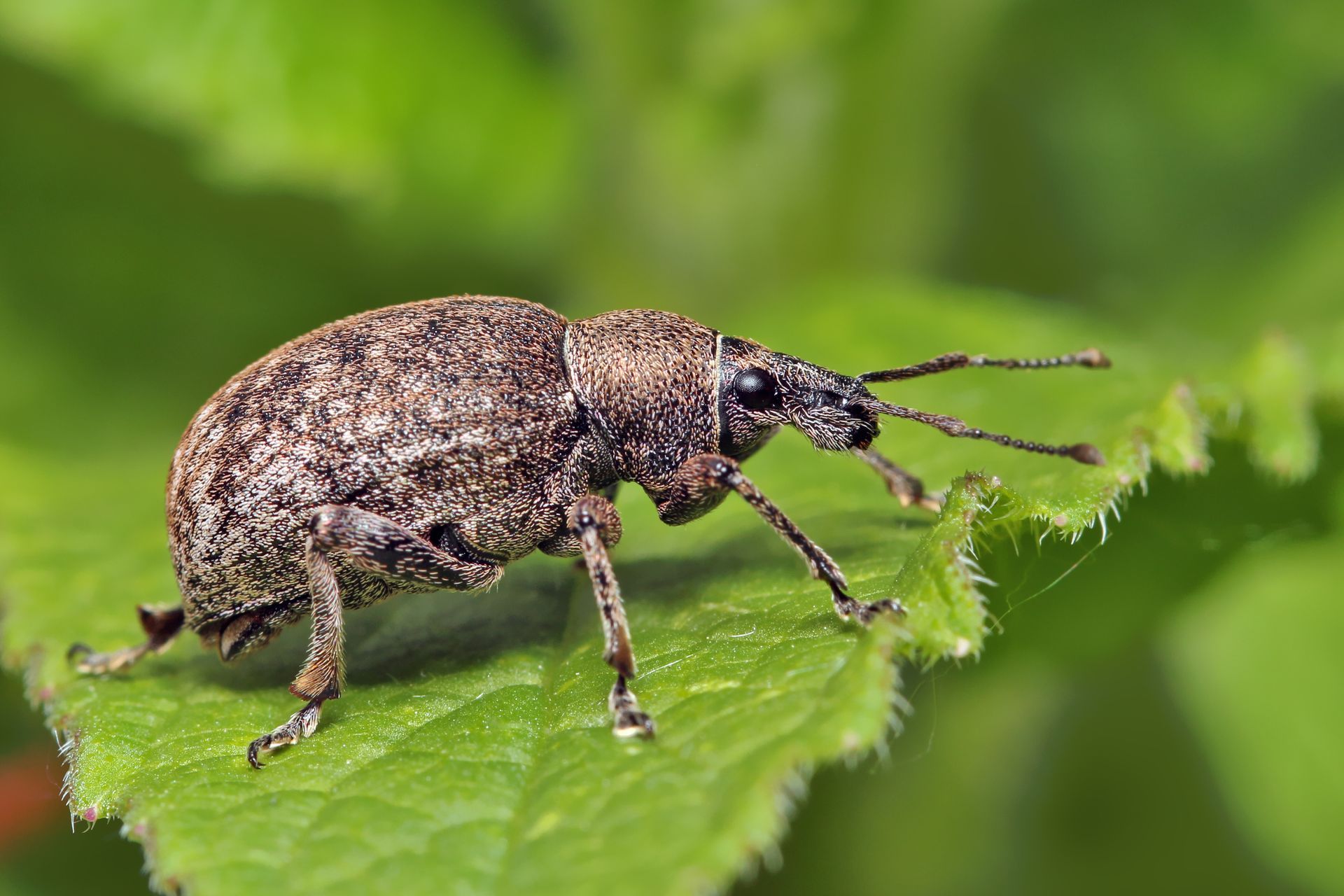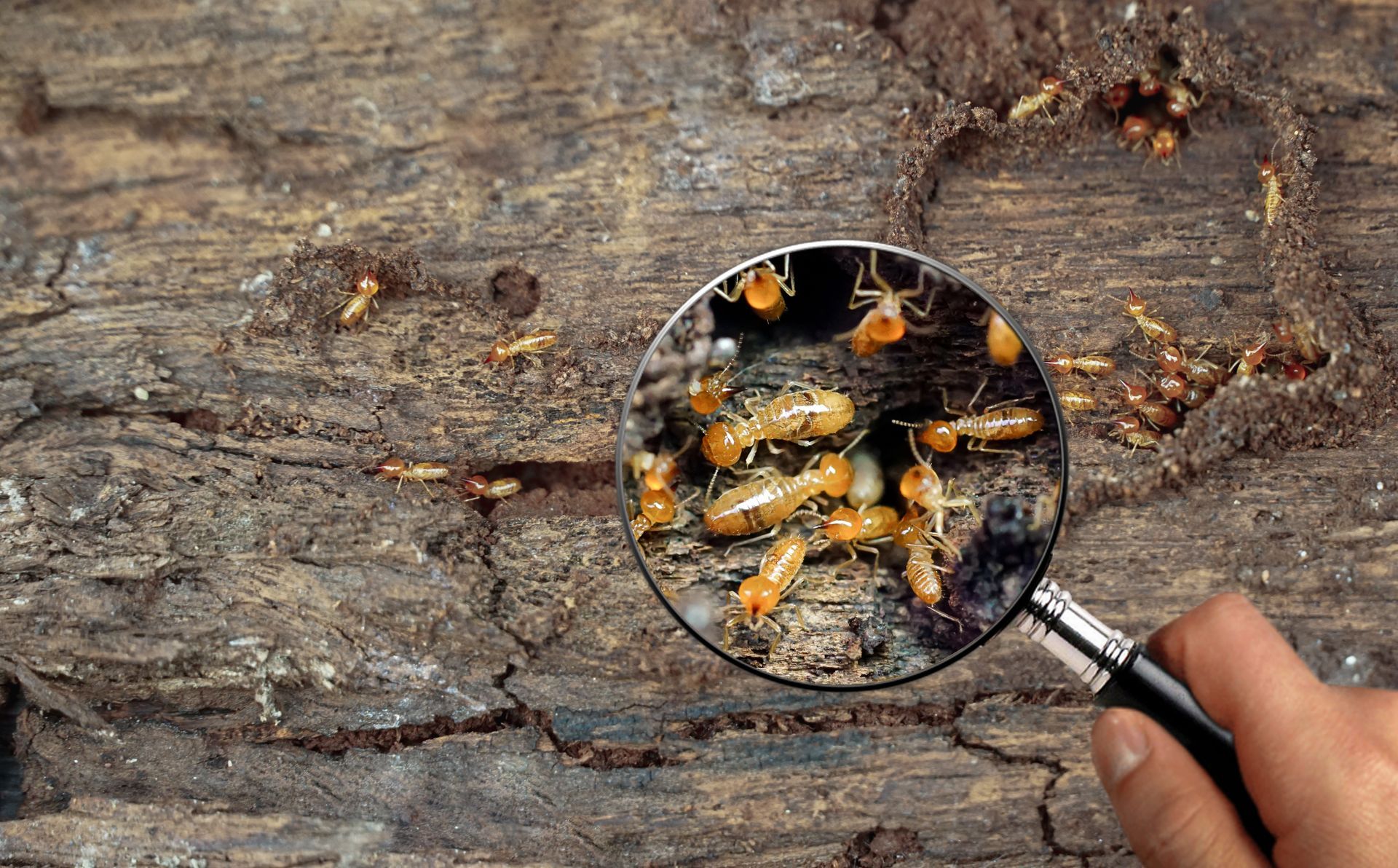How Many Mice Is Considered an Infestation?
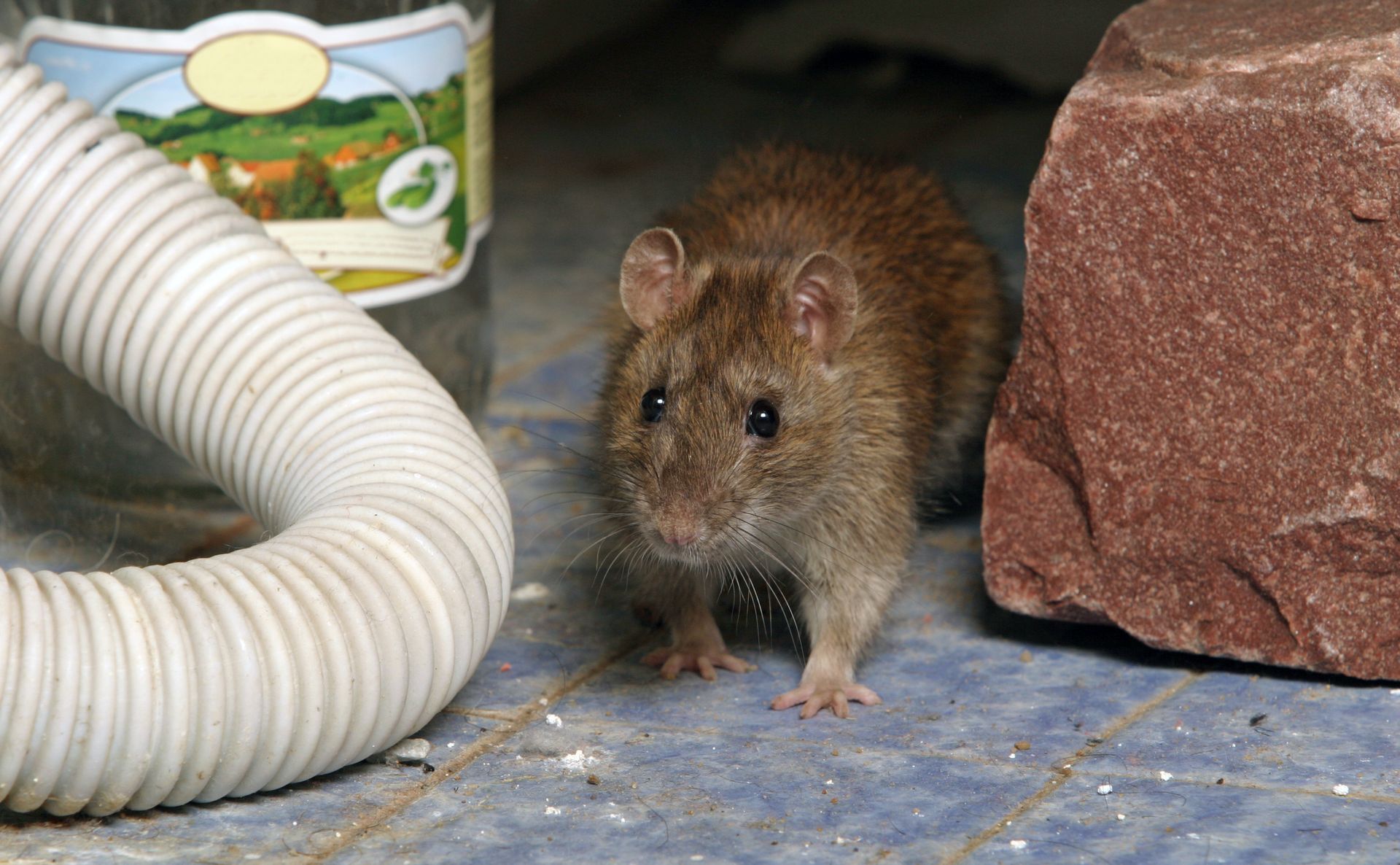
Mice are more than just a nuisance. They are carriers of disease, destroyers of property, and quick breeders that can overrun a space in a matter of weeks. Many homeowners and property managers ask, "How many mice is considered an infestation?" The answer is more complex than simply counting the visible rodents. At Killo Exterminating Co., Inc., we understand that even a single mouse can signal a larger problem beneath the surface.
What Qualifies as a Mouse Infestation?
The word "infestation" often brings to mind dozens or hundreds of pests, but with mice, it takes far fewer to meet that threshold. A mouse infestation may be present even if only one or two mice are seen, especially if they are spotted during the daytime or repeatedly over a short time span.
The term "infestation" is used when:
- Mice are reproducing within the structure.
- Mouse activity is persistent.
- There is evidence of structural damage or health risk.
Early Warning Signs of a Mouse Infestation
1. Droppings
Mouse droppings are small (about 1/8 to 1/4 inch), black or dark brown, and pointed on both ends. They are often found:
- In kitchen drawers or cabinets
- Behind appliances
- In pantries or food storage areas
- Along baseboards or attic spaces
2. Nests and Nesting Material
Mice build nests out of shredded paper, fabric, insulation, and other soft materials. These nests are usually found in hidden, warm places such as:
- Inside walls or ceilings
- Under appliances
- Behind stored boxes
- Inside insulation
3. Gnaw Marks and Chewing Damage
Mice chew constantly to keep their teeth filed down. They will gnaw on:
- Food packaging
- Electrical wires (a major fire hazard)
- Plastic containers
- Wood and drywall
4. Grease Smudges and Tracks
Mice have oily fur that leaves grease marks on walls, pipes, and baseboards. You may also see footprints or tail marks in dusty areas.
5. Sounds at Night
Scratching, scurrying, and squeaking noises in the walls or ceiling at night are telltale signs of active rodent movement.
6. Strong Odor
A strong ammonia-like smell may indicate an established population. This odor comes from mouse urine and is particularly noticeable in enclosed areas like cabinets, basements, or crawl spaces.
How Many Mice Is Too Many?
There is no official number that defines a mouse infestation because the severity depends on context. However, if you see one mouse, there is a strong chance more are nearby. A single female mouse can produce 5 to 10 litters per year, with each litter containing up to 12 pups. Under ideal conditions, a pair of mice can lead to over 100 mice in just a few months.
Mice Population Levels and Their Implications
| Number of Mice | Infestation Risk | Recommended Action |
|---|---|---|
| 1 | Possible entry or scout | Inspect and monitor |
| 2–5 | Breeding pair likely present | Set traps; consider professional help |
| 6–10 | Established infestation | Professional extermination strongly advised |
| 10+ | Severe infestation | Immediate professional intervention required |
Even a “mild” infestation can result in:
- Contaminated food
- Damaged property
- Electrical hazards
- Health risks to humans and pets
Health and Safety Risks of a Mouse Infestation
Mice are not only destructive; they also pose serious health risks. They are known to carry a variety of diseases, including:
- Hantavirus
- Salmonella
- Leptospirosis
- Lymphocytic choriomeningitis (LCMV)
Their droppings and urine can contaminate food and surfaces, while their nesting materials may cause allergic reactions in sensitive individuals.
Additionally, their chewing habits are a fire hazard. Mice gnaw on electrical wires, which can lead to short circuits and house fires.
Why Early Detection Is Critical
Because mice breed so rapidly, a small problem can turn into a large infestation in just a few weeks. Early detection and intervention are key to preventing damage, disease, and costly repairs.
Common Entry Points for Mice
- Gaps in foundations
- Openings around pipes and vents
- Poorly sealed windows or doors
- Rooflines and soffits
Mice can squeeze through holes as small as 1/4 inch, making prevention and sealing entry points essential.
DIY vs. Professional Extermination
While traps and bait stations are common DIY solutions, they are often insufficient for complete eradication. Traps may catch one or two mice, but they do not address nesting areas or prevent new mice from entering.
Advantages of Professional Mouse Control:
- Thorough Inspection
At Killo Exterminating Co., Inc., our technicians identify access points, nesting sites, and the extent of infestation. - Targeted Treatment Plans
We use baiting, trapping, and provide guidance on exclusion techniques customized for your home or business. - Long-Term Prevention
Our service includes advice on sealing entry points and advising on sanitation and storage practices to deter future activity.
What to Do If You Suspect a Mouse Infestation
If you have noticed signs of mice or have seen even one mouse inside your property, do not delay. Take the following steps:
- Do Not Ignore It – A single mouse often indicates more.
- Secure Food – Store all food in airtight containers.
- Clean Thoroughly – Remove crumbs and sanitize surfaces.
- Call a Professional – Contact Killo Exterminating Co., Inc. for a comprehensive inspection and treatment plan.
Why Choose Killo Exterminating Co., Inc.?
With decades of experience in rodent control, Killo Exterminating Co., Inc. provides trusted, effective, and discreet pest management services across North Carolina. Our expert team is trained to handle infestations of all sizes, from minor intrusions to widespread rodent problems.
Our Process Includes:
- Customized extermination plans
- Ongoing monitoring and prevention
- Guaranteed satisfaction
Your home or business deserves protection from pests. Let our experts help you reclaim your space.
